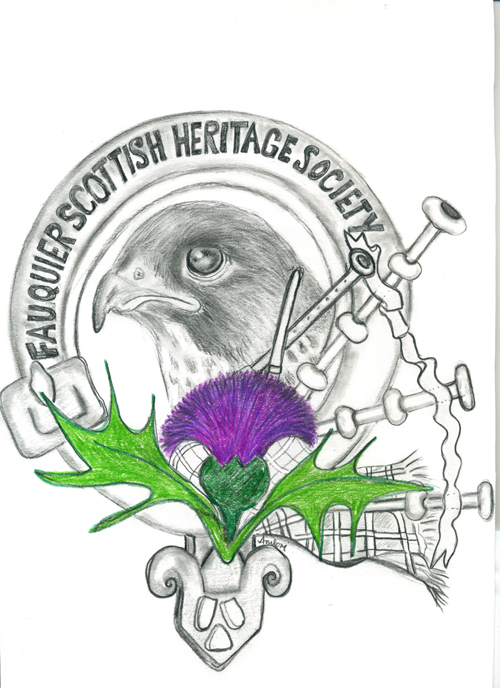
TAEM- When does science become art? The answer is when you cross botany with photography. I have found no truer answer than with the work of Jackie Bailey Labovitz. I chanced meeting her on a drive to Sperryville, Virginia where she is the curator of an art studio there known as Cottage Curator.
TAEM- Jackie, the tour of your studio was simply breathtaking and a must for our readers. Please tell us how you chose this location and where we can find it.
The Cottage, formerly the architecturally charming Rappahannock County schoolhouse located at the foot of the Blue Ridge Mountains in the historic village of Sperryville Virginia, is the perfect place. Exquisite light streams through the original glass panes of floor to ceiling windows where first and second graders once sat. And “Little” Washington and the Shenandoah National Park are nearby neighbors.
TAEM- Please describe the types of artwork that it contains.
For over thirty years, I organized art collections for corporations, embassies and public spaces around the world. As owner, curator and artist at Cottage Curator, an independent art gallery, I assist residential clients with the purchase and placement of my art as well as artworks by other local, regional, and nationally recognized fine art and fine craft artists, many of whom have pieces in major museum collections. Our artists work in a wide range of media, from paintings to drawings to glass and ceramics, as well as sculpture, studio furniture and fiber works. In addition, my photographs of native flora and fauna on canvas are available.
TAEM- Please give us a brief history on the history of the classification of this plant life recordings, and the importance of it.
My UNDERSTORY portfolio was inspired by twelve native plants mentioned in Thomas Jefferson’s correspondence. It took six years scouring forest floors on public lands to find them. In my search for these, I photographed other native plants along the way. Most of the plants are very small, difficult to locate and live in low light.
I learned to meet them at their level. Finding enough room for me to lie on the ground, to predict when they would be in their best blooming form and to wait for enough light to open the shutter of my camera was a challenge. After hundreds of shots, often spanning three to four years, I chose one. I consider that one to be the permanent portrait of that plant in all its glory.
The essence of the portfolio is to bring to light both the beauty and the ecological sanctity of their fragile existence.
TAEM- How does the plant life featured as compared to others, and where have you discovered these hidden treasures and what process did you take in filming them?
There is an art and science to finding each of them, and good timing also helps. I began with the Yellow Lady’s-Slipper and the Pink Lady’s-Slipper, both native orchids, because these were among the most difficult to find. I would start looking for the plants before they bloom and mark a tree nearby to locate the plants again to clear away debris and finally arrive at the perfect time of day to capture the full bloom and the best light on the flowers and leaves.
It took four years to get the photo of Twinleaf (Jeffersonia diphylla, named for Thomas Jefferson Father of American Botany), looking for the perfect specimen. Even after locating a plant and determining the best time of day to photograph, I might arrive to find that the plant had been destroyed by weather, hikers or provided a nice snack for a woodland animal, or that I had just missed the perfect sunrise or sunset moment to capture it.
In terms of composing the photographs, I estimate how far the background is from the subject and try to “pre-visualize” as Ansel Adams would say, what the final picture might look like. Depth of field is very important in all my photographs. It is consistently shallow. My goal is to isolate my subject and set the perfect stage for my ‘plant portraits’ with a blended, out of focus background using a long, 300 mm lens with less than an inch of focus. Achieving this background is a challenge. Many people assume that the backgrounds are artificial, but they are not.
Over the years, I’ve spent countless hours waiting for the exact moment to make the perfect portrait of my subjects in low, natural light. The time of day is important to reduce glare and get the ideal saturation of the plant and the background. Many are taken just before or at sunrise or sunset. I lay flat on my stomach and clean debris from around the plant. I do make some adjustments to the images in Photoshop. I look at the process like wiping a child’s face of ketchup and mustard before a portrait – letting them show their best selves!
The final images are meticulously printed on canvas and stretched in my studio adjacent to the exhibition galleries. I find printing on canvas allows the pigment to rest on the top of the surface, as opposed to archival paper which absorbs the ink. The combined process and printing technique produces richness in the details, light and colors. Often people mistake my photographs for paintings.
TAEM- Please tell our readers where your work has been exhibited.
Understory has been exhibited at the National Academy of Sciences, the US Botanic Garden, and the Smithsonian National Museum of Natural History. I have also exhibited at the Museum of the Shenandoah Valley, Thomas Jefferson Center for Historic Plants, Lewis Ginter Botanical Garden, The Library of Virginia, and the State Arboretum of Virginia among others.
TAEM- How would you describe the purpose and importance of your work and exhibitions to the world of science and art.
I hope that seeing these small plants artistically portrayed, larger-than-life in all their glory, will encourage viewers to learn more about their ecological importance in the hidden world of the understory, which is so often overlooked. They more than pull their weight.
TAEM- You also produced a book titled Understory. Why is the important in describing the content of the book?
To complement the portfolio, Jack Sanders, nationally acclaimed author of two classics, Hedgemaids and Fairy Candles and The Secrets of Wildflowers, and I collaborated and self published Understory. Copies are available in the gallery and on our website.
TAEM- Where can it be found, and who is the publisher?
Recently Michelle Mazzuchi, Cottage Curator Gallery Assistant, created an online slideshow, UNDERstory, that includes facts and info graphics for each plant along with the series of photographs. This is an ongoing exhibition for those that haven’t been able to see the printed photographs in person, albeit a different experience than viewing the canvases.
We are trying to do our part to celebrate art and science.
TAEM- What plans do you have for the future of your work as well as the need for the plant life that you display beautifully?
Works from the portfolio reside in permanent collections at the National Academy of Sciences, the Thomas Jefferson Foundation and the Museum of the Shenandoah Valley. As time goes on, I hope they will be in additional public domain collections.
TAEM- Jackie, the importance of your work has not gone unnoticed by us and we intend to also place this article in our sister magazine The Science and Nature Journal as well as this one. We want to thank you for your work and with this interview with us. I am sure that our readers will be thrilled to learn all about you.
TAEM
The Science and Nature Journal
Please share the story on Facebook, or donate to support our efforts!


















.jpg)

























